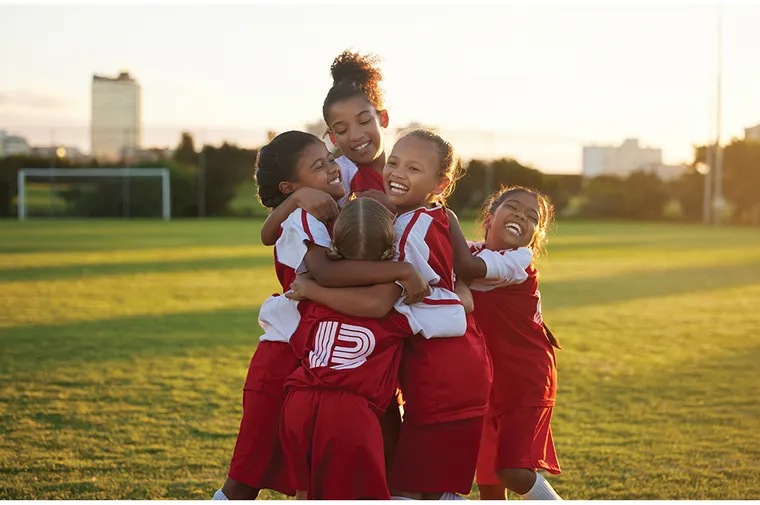Gamified skill development can cultivate young athletes’ lifelong love of the game
"We take our fun pretty seriously. We've really looked at what keeps kids coming back. Because if they're not having fun, they’re not enjoying the experience, they vote with their feet. They just walk away."
I love this quote from a recent USA Today article written by Ken Martel, USA Hockey’s senior director for player and coach development. Quite often, when it comes to making activities more enjoyable for participating youth, youth-sports directors equate increased fun with reduced competition. This trend makes one thing clear: the best way to make athletic programs fun is to help children develop the required skills. As youth athletes gain confidence, the sport will eventually become more fun.
One caveat, however: fun can have several different meanings in sports.

